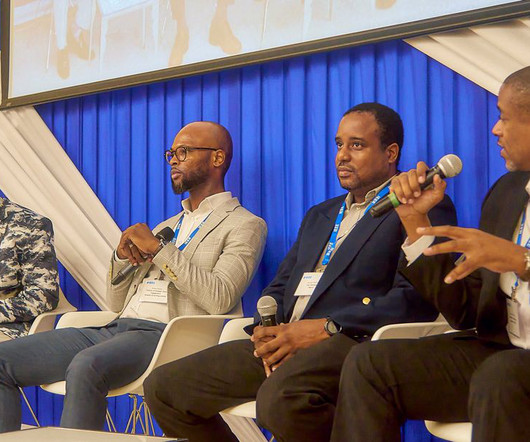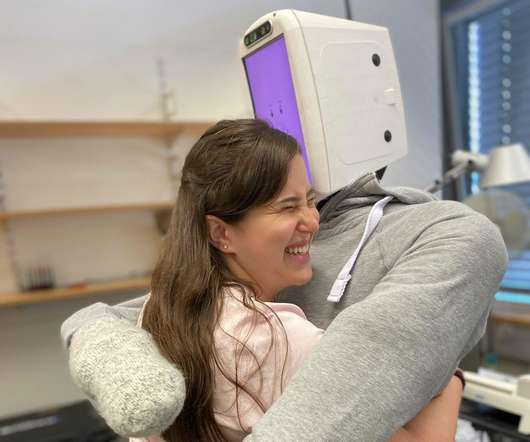A Novel IEEE Workshop Showcases Jamaica’s Engineering Community
Cars That Think
APRIL 4, 2024
The section held a first-of-its-kind workshop in January at the University of Technology in Kingston. Students and members met with IEEE leaders, government officials, university professors, and industry executives. Students from several local schools and universities participated in the event.












Let's personalize your content